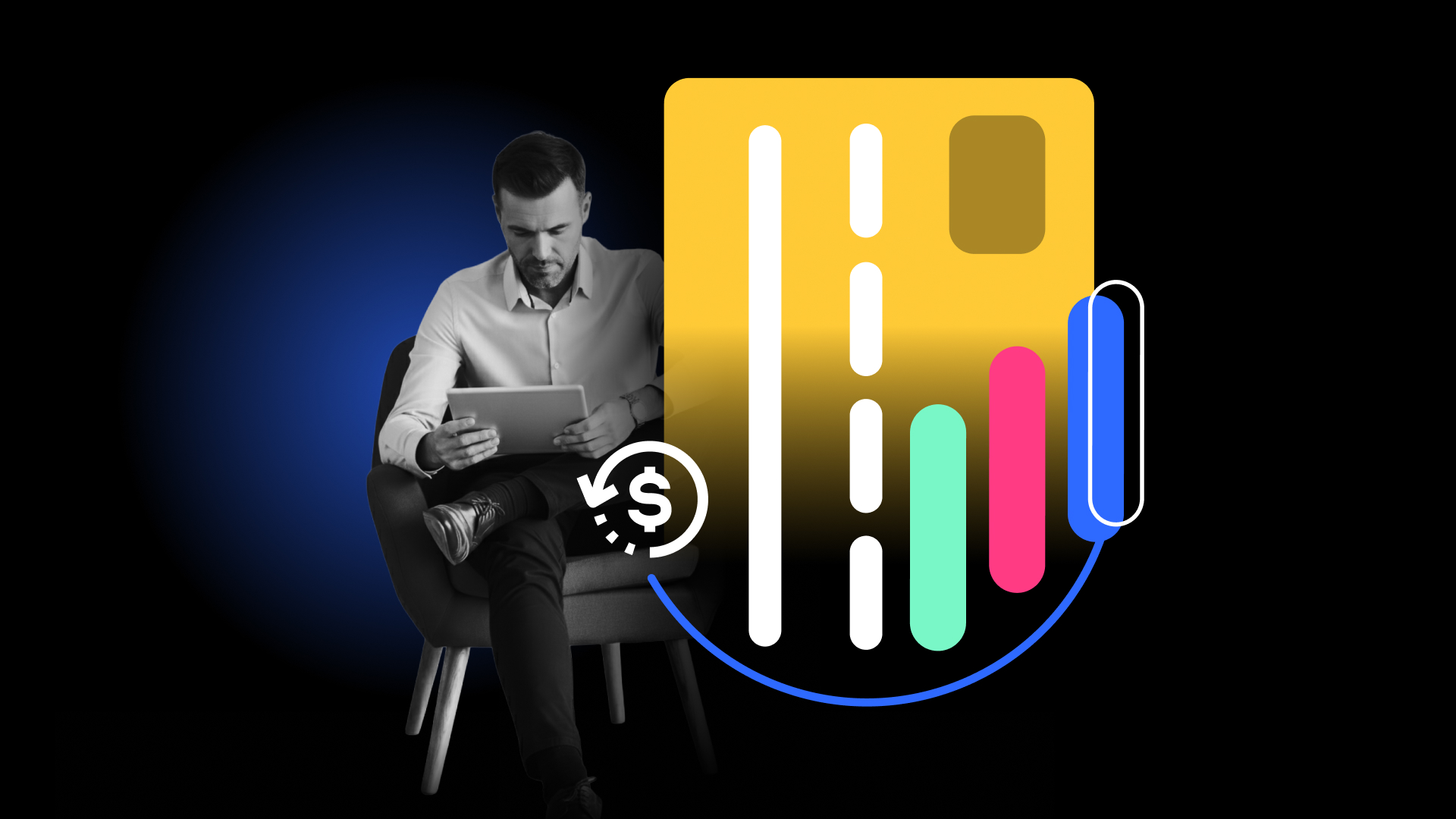As online spending continues to grow, so does the prevalence of disputes and chargebacks. First-party fraud and true fraud chargebacks took some unexpected turns in 2024, impacting various industries in unique ways.
Alexander Hall, Trust and Safety Architect at Sift and Luís Felipe Tomazini, Payments Risk Analytics Manager at Coinbase hosted an insightful webinar discussing the findings from the Sift Q4 2024 Digital Trust Index report, plus strategic insights and practical tips for risk teams to navigate chargebacks effectively.Read on to see our key takeaways from the discussion.
Rising Chargeback Rates and Industry-Specific Insights
The webinar highlighted a significant increase in chargeback rates over the past year, with a 19% rise overall, encompassing merchant error, true fraud, and first-party fraud. The upwards trend in chargeback volumes and values indicates these rates are likely to continue rising throughout 2025.
The research also provided insights into specific industries experiencing high chargeback rates. Online travel and lodging saw an 816% increase, e-commerce experienced a 222% rise, and digital goods and services also saw a 59% spike. Tomazini echoed these trends: “We saw an increase over the past year in terms of how many chargebacks are coming to us. That relates to different macroeconomic factors, like people getting to understand and know that it’s possible to file a chargeback and also abusing those policies.”
First-Party Fraud Trends and Consumer Behavior
First-party fraud, also known as friendly fraud, is on the rise, particularly among younger consumers. A quarter of consumers admitted to first-party fraud, indicating that verified customers are becoming more comfortable filing fraudulent disputes.
The discussion also touched on consumer behavior, with 70% of consumers having filed a dispute in the past 12 months and 22% filing two in a year. Additionally, 22% of consumers reported filing chargebacks for unwanted subscriptions. Tomazini highlighted the importance of clear communication and policies to prevent such disputes, sharing an example from Coinbase: “It was a matter of understanding with the product team how was the flow for a user to get a subscription. Was it clear for the user that they were subscribing to a service or not?
Sometimes it might be hidden in a lot of different screens, and the user isn’t sure that they are clicking to subscribe to something.”
The Importance of Device Intelligence and Upstream Prevention
Both Hall and Tomazini emphasized the importance of device intelligence in identifying fraud. Tomazini explained, “Device intelligence is what we rely on the most. Trying to understand if there is any sort of VPN usage, IP address anomaly, some sort of network of devices that are creating multiple accounts or logging in into multiple accounts in the same period of time.”
The discussion underscored the value of upstream prevention in reducing chargebacks. Hall stated, “I think what’s really important as a takeaway is how much accountability there is in policies, in documentation, in the customer journey. How much of this actually feeds into opportunities for dishonest consumers to take advantage of the chargeback system and file these first-party fraud chargebacks. There’s a lot of work that can be done upstream that we are in control of as the operators.”
This approach involves leveraging data to identify and address potential issues before they result in chargebacks. Best practices include:
- Gain clarity regarding the various reason codes for disputes impacting your business. For example, “item not received” disputes are much less common for digital services that do not rely on shipping physical goods.
- Get creative with the data your platform uses by looking at data points from different angles to get a holistic view of user behavior across the account, platform, and network level.
- Each reason code represents differently in upstream data. Be sure you’re working cross-functionally to understand the full history of the consumer’s journey.
Collaboration Across Teams and Strategic Automation
Breaking down silos and fostering collaboration across different teams is also crucial for effective fraud prevention. Tomazini advised, “My recommendation would be not to work alone in a silo as the fraud prevention team, but to also work with different teams like the product team and policy to try to understand why the users are doing that. You need to have a broader perspective to understand the full context and mitigate that problem.”
The speakers discussed the importance of having a clear strategy before implementing automation. Hall noted, “Once we have all of this data that’s accurate, reliable, up to date, we have the strategy. We know what we want to do. We have this vision moving forward. We’ve been very careful to craft the strategy now. It’s time to get into automating for high volumes.” Automation should be based on reliable data and a well-defined strategy to ensure it effectively addresses fraud without negatively impacting legitimate users.
Responding to Emerging Trends and Continuous Improvement
Fraud prevention is often described as a “game” to illustrate the complex, ongoing efforts required to combat ever-evolving risk. As Hall puts it: “In the game of fraud, it’s so important to identify that we’re playing chess, not checkers.”
The data, workflows, manual processes, and automation are akin to different pieces on a chessboard, where fraud prevention, cybersecurity, and customer service teams each play a collaborative role. Viewing fraud prevention through this lens enables teams to strategize more effectively and with greater clarity. Hall advises moving beyond silos, fostering collaboration with a unified vision, staying current with market trends, and prioritizing proactive responses over reactive measures.
Staying up to date with market-wide performance and being proactive in responding to emerging trends was emphasized. Hall mentioned, “The factors of what works today are going to be identified by the bad actors out there. They’re going to pivot, and therefore we need to pivot.” This involves leveraging industry expertise, monitoring trends, and making quick adjustments to fraud prevention strategies.
Tomazini added, “If we start seeing an uptick in terms of dispute rate and a specific bin issuer, we can automatically deploy those rules. But also, if we see that Bitcoin, for example, is increasing in price over the past 24 hours or over the past one hour, maybe it’s a good thing to deactivate one of the rules so that we don’t hit trusted users.”
Continuous improvement and adaptation are key to staying ahead of fraudsters and maintaining effective fraud prevention measures. Hall recommend that businesses:
- Understand the story of the data. Automating a flawed process will only cause more harm.
- Invest in proactive prevention. Upstream prevention is worth its weight in gold.
- Data and automation partnerships are paramount when seeking to handle disputes effectively. Ensure you qualify potential partnerships deeply.
- The challenges of tomorrow call for industry expertise and quick adjustments.
Watch the on-demand webinar for more insights or check out the full report.







